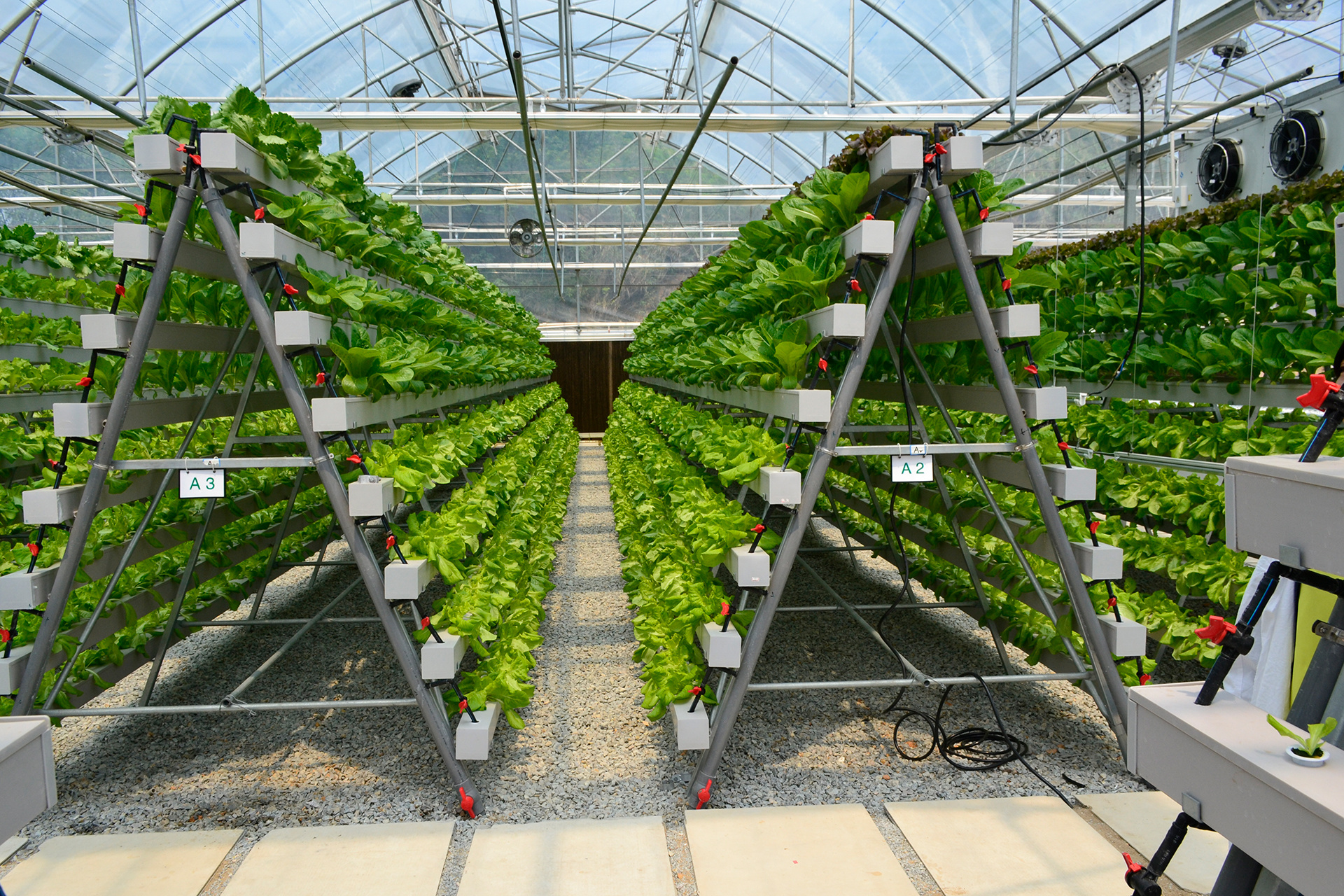Unlocking the Future of Agriculture: The Advantages of New Commercial Hydroponic Greenhouses
Release time:
Jun 24,2025
Summary:In recent years, new commercial hydroponic greenhouses have emerged as a powerful solution to the challenges faced by traditional agriculture. These advanced facilities utilize hydroponic technology, which allows plants to grow without soil, instead relying on nutrient-rich water solutions. This innovative approach not only optimizes space but also enhances crop yields, making it an attractive opt
In recent years, new commercial hydroponic greenhouses have emerged as a powerful solution to the challenges faced by traditional agriculture. These advanced facilities utilize hydroponic technology, which allows plants to grow without soil, instead relying on nutrient-rich water solutions. This innovative approach not only optimizes space but also enhances crop yields, making it an attractive option for modern farmers.
One of the primary advantages of new commercial hydroponic greenhouses is their efficiency in resource use. Unlike conventional farming, which often requires significant amounts of water and land, hydroponic systems can produce food using up to 90% less water. This is particularly crucial in regions facing water scarcity, as hydroponics recirculates water effectively, minimizing waste. Additionally, the controlled environment of a greenhouse allows for year-round production, ensuring a consistent supply of fresh produce regardless of external weather conditions.
Moreover, hydroponic greenhouses reduce the need for pesticides and herbicides. With the absence of soil, many pests and diseases are less likely to thrive, leading to healthier plants and safer food. This aligns with the growing consumer demand for organic and sustainably-produced products, giving businesses a competitive edge in the market.
New commercial hydroponic greenhouses also enable vertical farming, which maximizes space utilization. By stacking layers of crops vertically, farmers can significantly increase their production capacity without the need for extensive land. This method is especially beneficial in urban areas where land is limited, allowing cities to produce fresh food locally and reduce carbon footprints associated with transportation.
Furthermore, the integration of technology in hydroponic systems enhances monitoring and management capabilities. Advanced sensors and automation systems can track nutrient levels, pH balance, and environmental conditions in real-time. This data-driven approach enables farmers to make informed decisions, optimize growth conditions, and reduce labor costs.
Finally, as climate change continues to impact traditional farming practices, new commercial hydroponic greenhouses offer a resilient alternative. They can be designed to withstand extreme weather events and minimize the impact of climate fluctuations on crop production. This adaptability not only ensures food security but also promotes sustainability in agriculture.
In summary, new commercial hydroponic greenhouses represent a significant leap forward in agricultural technology. By optimizing resource use, enhancing food safety, and increasing production efficiency, they provide a sustainable solution to the global food crisis. For those looking to invest in the future of agriculture, embracing hydroponic systems is a wise choice that aligns with both economic and environmental goals.
One of the primary advantages of new commercial hydroponic greenhouses is their efficiency in resource use. Unlike conventional farming, which often requires significant amounts of water and land, hydroponic systems can produce food using up to 90% less water. This is particularly crucial in regions facing water scarcity, as hydroponics recirculates water effectively, minimizing waste. Additionally, the controlled environment of a greenhouse allows for year-round production, ensuring a consistent supply of fresh produce regardless of external weather conditions.
Moreover, hydroponic greenhouses reduce the need for pesticides and herbicides. With the absence of soil, many pests and diseases are less likely to thrive, leading to healthier plants and safer food. This aligns with the growing consumer demand for organic and sustainably-produced products, giving businesses a competitive edge in the market.
New commercial hydroponic greenhouses also enable vertical farming, which maximizes space utilization. By stacking layers of crops vertically, farmers can significantly increase their production capacity without the need for extensive land. This method is especially beneficial in urban areas where land is limited, allowing cities to produce fresh food locally and reduce carbon footprints associated with transportation.
Furthermore, the integration of technology in hydroponic systems enhances monitoring and management capabilities. Advanced sensors and automation systems can track nutrient levels, pH balance, and environmental conditions in real-time. This data-driven approach enables farmers to make informed decisions, optimize growth conditions, and reduce labor costs.
Finally, as climate change continues to impact traditional farming practices, new commercial hydroponic greenhouses offer a resilient alternative. They can be designed to withstand extreme weather events and minimize the impact of climate fluctuations on crop production. This adaptability not only ensures food security but also promotes sustainability in agriculture.
In summary, new commercial hydroponic greenhouses represent a significant leap forward in agricultural technology. By optimizing resource use, enhancing food safety, and increasing production efficiency, they provide a sustainable solution to the global food crisis. For those looking to invest in the future of agriculture, embracing hydroponic systems is a wise choice that aligns with both economic and environmental goals.
Related Information
AI+ Agriculture: Discuss its present, challenges and future
With the development and popularization of artificial intelligence (AI) technology, the agricultural industry is ushering in a new change, and agriculture has gradually transformed from a traditional labor-intensive industry to a high-tech industry.
Jun 18,2024
Causes and solutions of strawberry albino fruit
Strawberry albino fruit is a very common physiological disease on strawberries. Strawberry albino fruit generally small fruit, fruit ripening after chlorosis can not be colored normally.
Jun 18,2024
Smart Greenhouse Global Opportunity Analysis and Industry, 2020-2027
Smart greenhouse is a farming technique, which helps user to monitor and control the growth condition of the plant and to optimize the growing process of the plants.
Jun 18,2024
Industry Information

